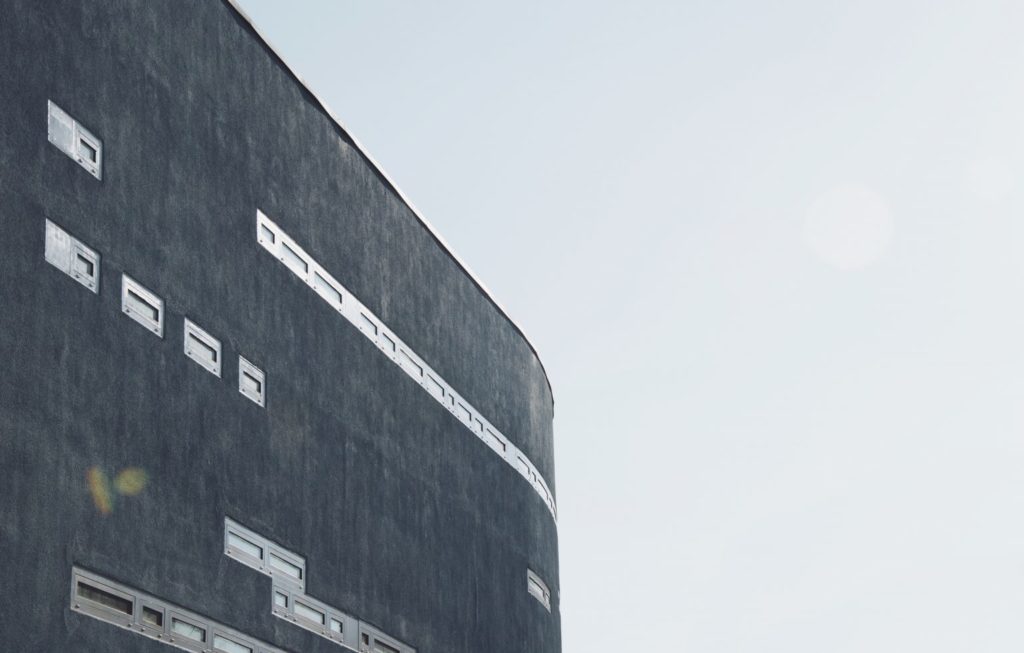The State of the Wall Cladding Market in the UK

Our AMA researchers and editors of the Wall Cladding Market Report UK 2020-2024, share the state of the wall cladding market within the UK.
Get access to the latest edition of UK Wall Cladding Market Report from 2024-2028 here.
State of the Wall Cladding Market in UK
The overall wall cladding market was fairly flat in 2018 and 2019, driven by falling levels of new builds in the offices sector and by a slowdown in the number of new housing completions. The Covid-19 pandemic is expected to result in a significant drop in the area of cladding installed to an estimated 40.6 million m2 in 2020.
The economic impact of the UK’s exit from the EU is still unknown but there were signs of a slowdown in the offices sector in 2018 and 2019, which is a key end use sector for cladding systems.
The fast rate of growth in the rainscreens market has partly been because they are generally seen as a more affordable option to removing existing cladding from substrates and replacing it with like-for-like cladding.
By using over-cladding systems, such as rainscreens, this process can be avoided. Unlike other cladding products and systems, rainscreens are available in a much wider range of facades in terms of materials, designs and colours, offering architects a wide choice of products.
Wall Cladding Product Mix
The wall cladding product mix can fluctuate from year to year, as very large individual projects with large areas and/or high value cladding installations can distort the market.
For example, individual high value curtain wall installations worth up to £30m are a feature of that sub-sector, directly influencing the share achieved, driven by the quantity of these larger projects completed during a given year.
Rainscreen Cladding Systems and Applications
Rainscreen cladding systems have been a fast-growing product sector in recent years, estimated to have quadrupled in terms of area installed from 2013 levels.
The main area of application has been offices, although there has also been strong demand for use on residential towers, demand further boosted by the requirement to replace unsafe ACM cladding on a number of high-rise residential buildings in the wake of the Hackitt Review into the Grenfell Tower disaster.
As a result of the ban on use of ACM cladding with a polyethylene core on high rise residential developments, the market share of these types of products and systems will be impacted while others will gain market share from changes in product specification.
Government Regulations Regarding High Rise Buildings
The Government has recently concluded a consultation on further proposals regarding high rise buildings, including extending the ban on to cover all combustible materials, lowering the height of buildings to which the ban applies and widening the range of buildings covered to include hotels, hostels and boarding houses.
It is likely that demand for ACM cladding and other materials with lower fire rating classifications will decline because of the ban, and that there will be a corresponding increase in specifications of materials with A1 or A2 classification.
Recent Posts
- Key Trends and Market Dynamics in the UK Bricks, Blocks & Precast Concrete Sector
- Navigating Market Volatility: The Future of the UK Kitchen and Bathroom Distributors
- UK Kitchen and Bathroom Distribution: Growth, Challenges, and Opportunities
- Diesel Dominance and the Rise of Green Alternatives in the UK Generator Market
- From Diesel to Hybrid: Barbour ABI Maps UK Generator Hire Market Evolution


